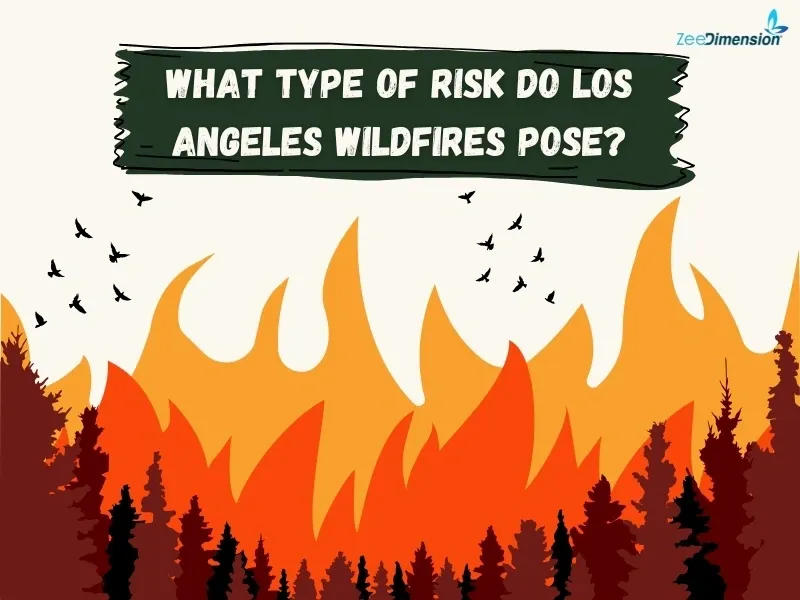
Introduction
With wildfires in Los Angeles growing more intense each year, their effects ripple across the environment, the economy, and response systems. But what’s the most pressing risk we face? Let’s uncover the answer.
Climate Risk
Did you know climate risks like wildfires are worsened by prolonged droughts, rising temperatures, and strong winds? By adopting solutions such as controlled burns, renewable energy, and strategic urban planning, the wildfire’s devastating impacts can be reduced. The time to act is now—climate resilience starts with us.
Financial Risk
Wildfires don’t just destroy landscapes—they devastate finances too. From escalating insurance claims to economic disruptions, the risks are clear. Solutions like wildfire-resistant buildings, government-backed reinsurance, and market diversification are essential to managing these challenges head-on.
Response Risk
Wildfire response risks include challenges like coordinating agencies, limited resources, ineffective evacuations, and poor communication with residents. Mitigating these requires investing in AI-based fire detection, using drones for monitoring, improving evacuation plans, and enhancing interagency coordination.
Interconnected Risks
Wildfires bring interconnected risks: climate risk fuels more frequent and severe fires, financial risk raises destruction and costs, and response risk affects disaster management. Addressing one risk often helps reduce the others.
The Path Forward
To effectively tackle wildfires, a holistic approach is crucial. This includes focusing on climate mitigation, improving financial preparedness to support recovery efforts, and empowering emergency response systems to ensure a swift and coordinated effort when a disaster strikes.
Your Perspective?
What do you believe is the most significant risk in wildfire management—financial limitations, response capabilities, or climate change? We’d love to hear your thoughts and share your perspective. Join the conversation in the comments below!







